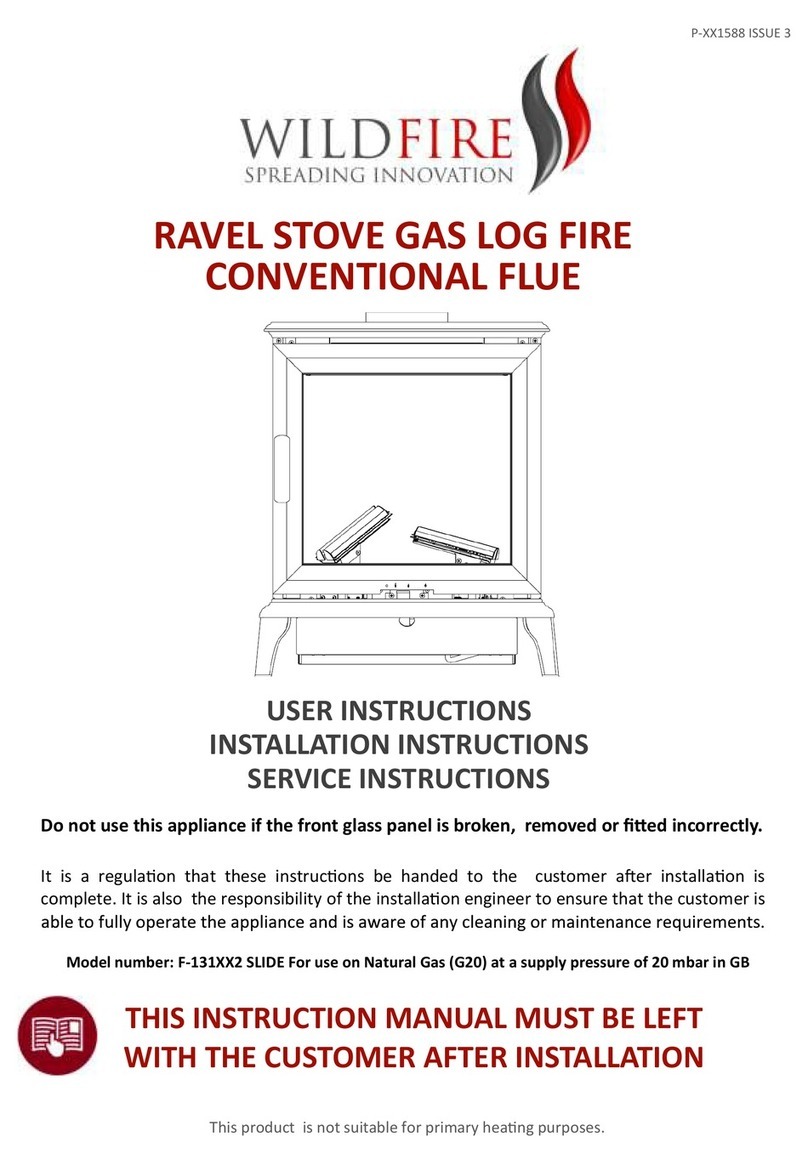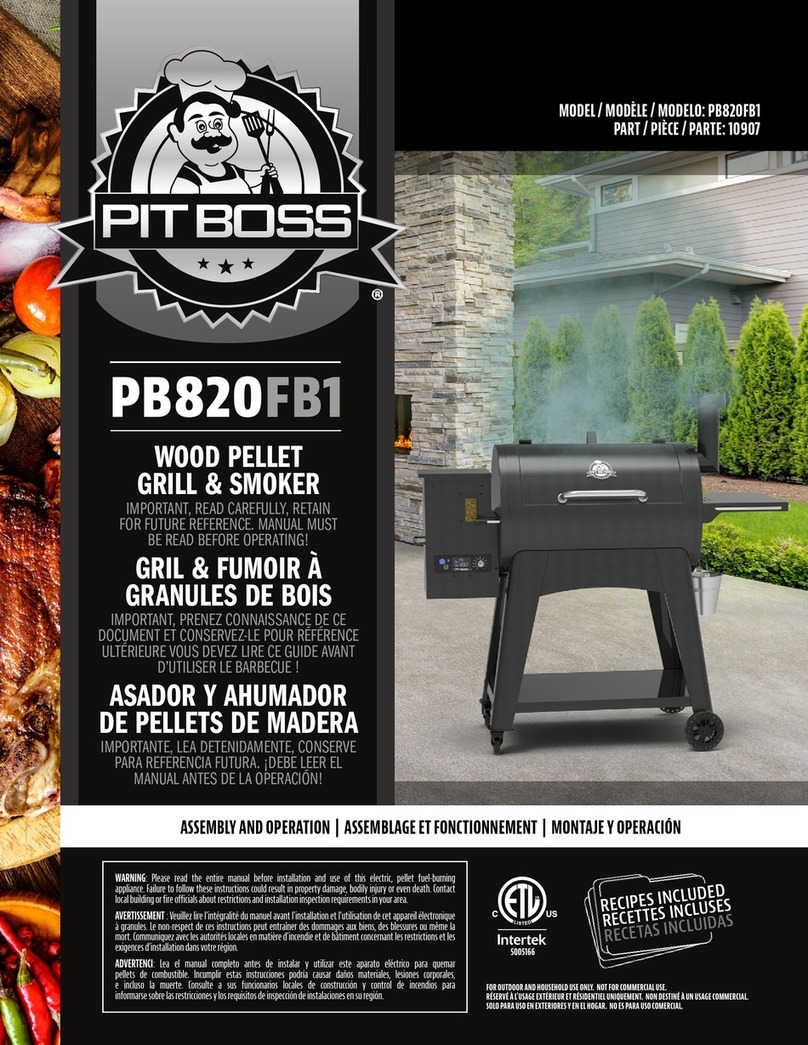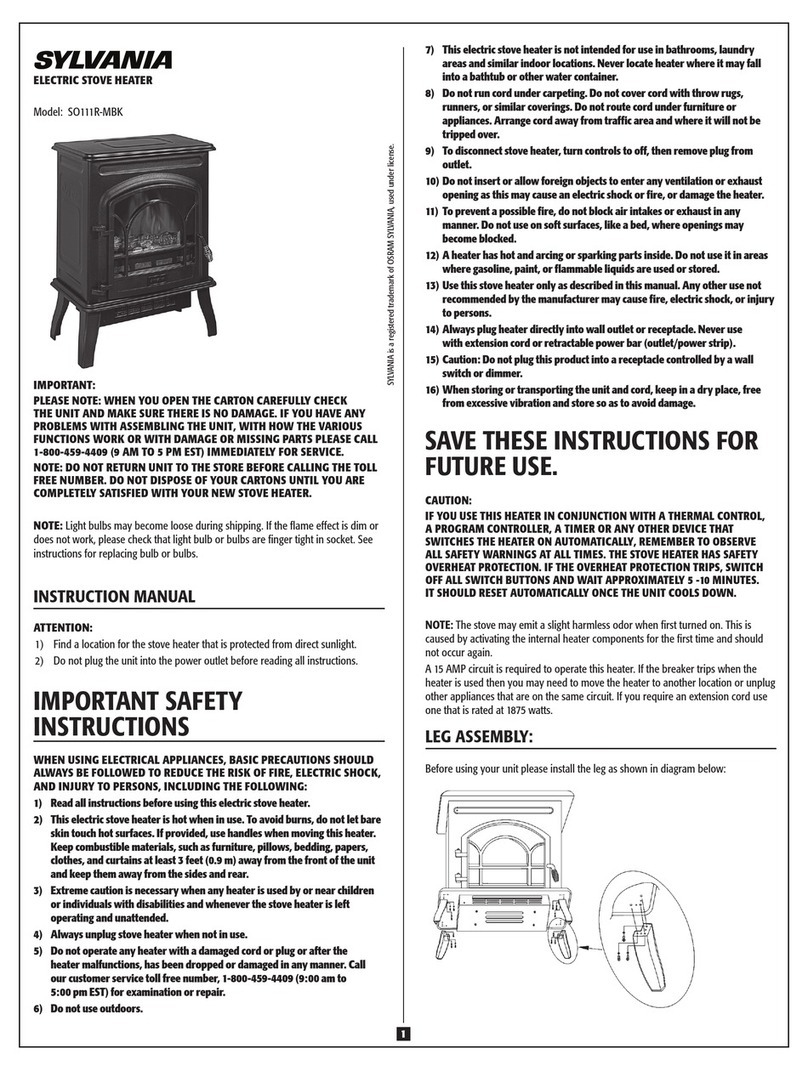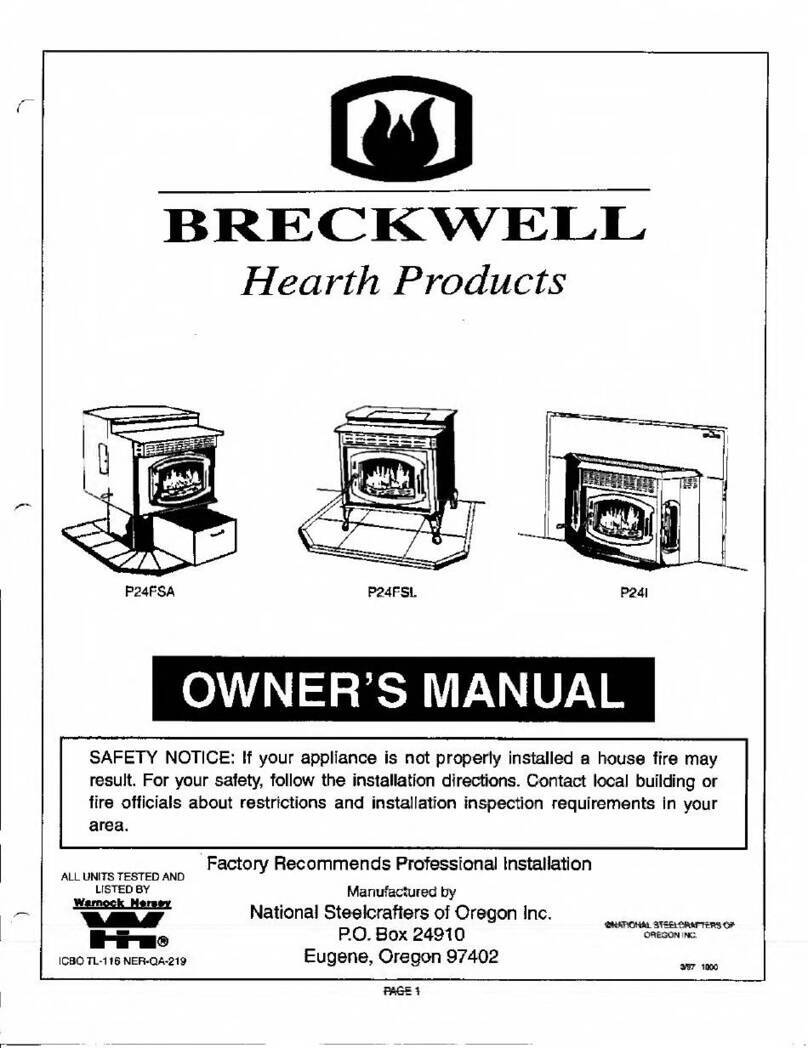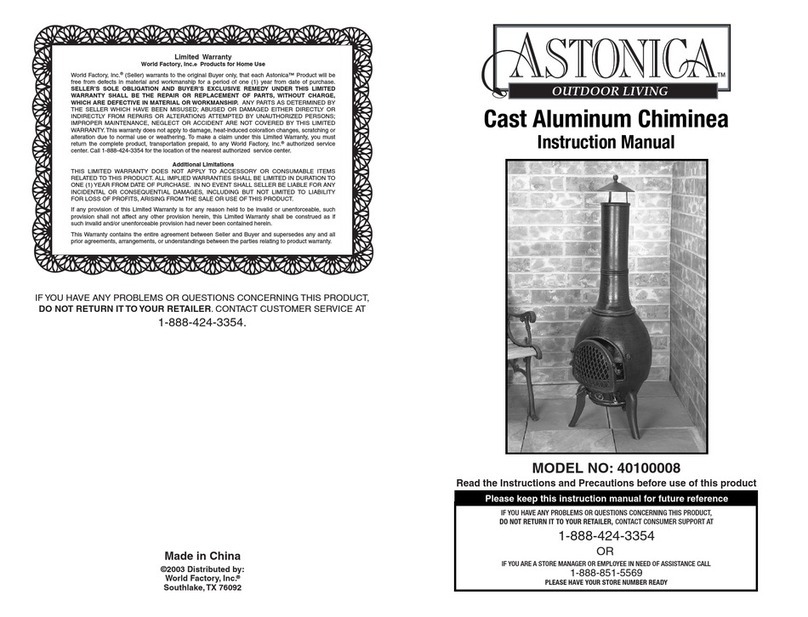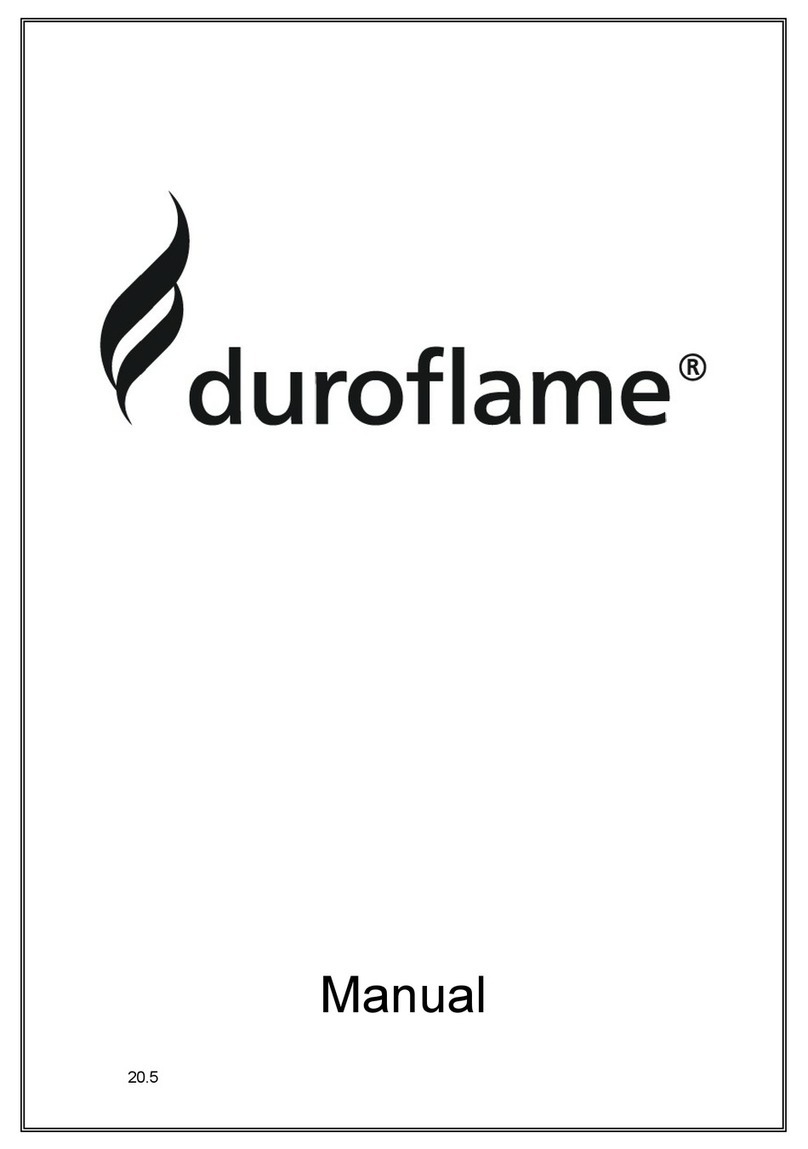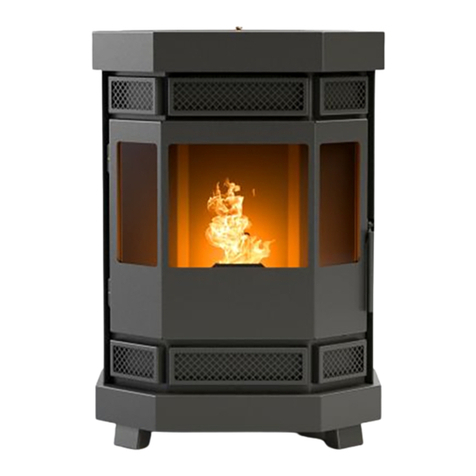Page 6 from 37
Duroflame guarantees a 2-year warranty on its pellet stoves, provided the warranty
certificate (invoice) and accompanying documents are present. This guarantee does
not apply to parts subject to normal wear and tear, for example the burn pot. The
electrical and electronic components and the fans are covered by a 2-year
warranty, with the exception of the glow plug. Only if it can be shown immediately
upon purchase that the glow plug is defective from the factory is this covered by the
warranty. The guarantee does not apply to parts that become defective due to lack of
maintenance and/or the use of poor quality pellets. The guarantee also does not
apply if damage occurs due to atmospheric influences, natural disasters, electric
current surges, fire, faulty (electrical) installation or maintenance not carried out in
accordance with the manufacturer's instructions.
•Duroflame will ensure that the agreed deliveries are carried out properly and in
accordance with the standards (applicable in its industry), but will never give a
more far-reaching guarantee in respect of these deliveries and work than as
expressly agreed between the parties.
•During the warranty period, Duroflame guarantees the usual normal quality and
soundness of the delivered goods.
•If a warranty has been issued by the manufacturer or supplier for the goods
delivered by Duroflame, such warranty shall apply equally between the parties.
Duroflame shall inform the other party accordingly.
•If the purpose for which the other party wishes to treat, process or use the goods
differs from the usual purpose of these goods, Duroflame only guarantees that
the goods are suitable for this purpose if it has confirmed this to the other party
in writing.
•No appeal to the guarantee is possible as long as the other party has not yet paid
the price agreed for the goods and/or the fee agreed for the work.
•The previous paragraph does not apply to consumers.
•In the event of a justified claim under the guarantee, Duroflame will - at its
discretion - take care of repair or replacement of the goods free of charge, the
correct execution of the agreed work or a refund or discount on the agreed price.
If there is additional damage, the provisions of the liability clause included in
these general terms and conditions shall apply.
•Contrary to the previous paragraph, the consumer has the choice between repair
or replacement of the goods or still carrying out the agreed work correctly, unless
this cannot reasonably be required of Duroflame. Instead, the consumer may
always dissolve the contract by written declaration or demand a discount on the
agreed price.
•We strongly recommend leaving the stove door ajar during periods when the
stove is not in use. This will prevent moisture problems.

